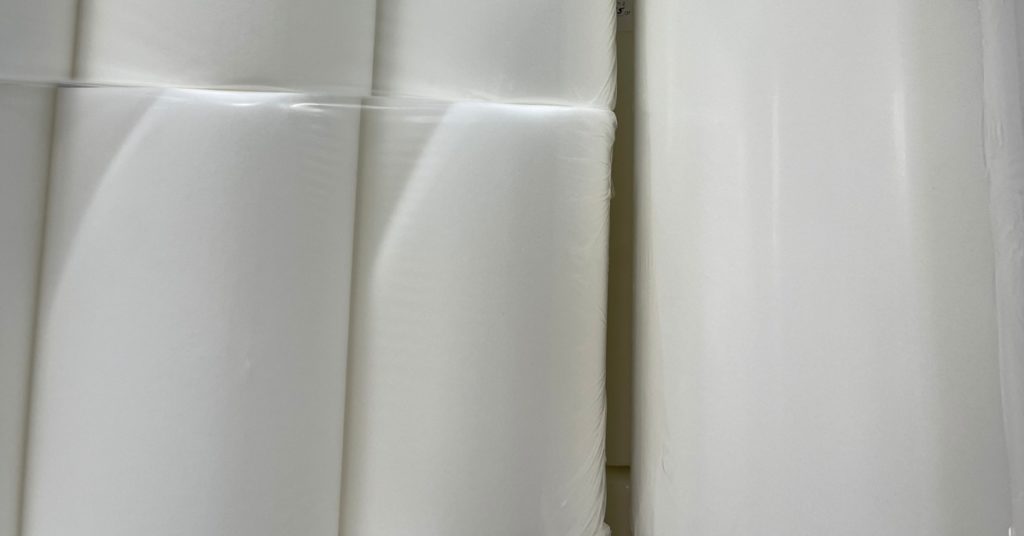Pipelines are an essential part of the oil and gas industry. Without them, we couldn’t get these products to our homes and businesses. But what do we do when there is a problem with the pipeline? One solution is pigging. But what does that mean, and what is its purpose?
Oil & Gas Industry: Pipeline Pigging
For over a century, the oil and gas industry has been a key component of the world economy. While we have come a long way in terms of production and efficiency, there is still much to be learned about these industries. One key area of mystery is pipeline flow assurance. What does that mean? How do we achieve it?
The pigging process began in the early days of the oil and gas industry. As pipelines were being built to transport crude oil and natural gas, operators quickly realized that there needed to be a way to clean the line and remove any buildup. This would allow for a smoother flow and prevent any potential problems down the line.
Pigging History
George Edward Butler invented the PIG in 1859. He was working for the Atlantic Petroleum Storage Company in Pennsylvania and was tasked with finding a way to clean the company’s pipelines. After many trials and errors, he finally came up with a device that would do the job. The PIG consists of a metal or plastic body with three to five discs or paddles on its side. These discs help to push the pig through the pipeline and also act as scrubbers, cleaning the inside of the pipe as they go.
The original PIGs were powered by men walking alongside the pipeline, pushing and pulling the pig as needed. But this soon became impractical and was replaced by mechanical or hydraulic pigs. These days, most pigs are propelled through the pipeline by gas or air pressure.
Pigging is an essential part of pipeline maintenance and has been used by the oil and gas industry for over 150 years. It is a safe and effective way to clean the pipeline and remove any buildup. And while it may seem like a simple process, there is actually a lot that goes into pigging a pipeline.
Pipeline Flow Assurance
Flow assurance is essential for any pipeline, as even minor buildup can cause serious problems down the line. Pigging is a form of cleaning and maintenance that helps to keep pipelines running smoothly. Pigs (from which the term “pigging” is derived) are sent through the pipeline to push any buildup or debris out of the way. This helps to keep the flow of oil and gas moving smoothly and prevents any potential problems that could arise from a clogged or damaged pipeline. Pigging also has another important function: it can help to detect cracks or other damage in the pipeline. By sending a pig through the line, operators can check for any anomalies that might be present. This allows for quick repair of any damage and helps to prevent further problems down the line.
Pipeline pigs can come in different shapes and sizes depending on the diameter of the pipe they are meant to clean. They are inserted into the pipeline through an access point called a pig launcher, which allows for safe entry into the line.
Nowadays, Pipeline pigs are made from a variety of materials, including metal, plastic, foam and even rubber. Depending on their intended use, they are also outfitted with different types of discs or paddles. Plastic pipeline pigs are made from a variety of materials, including polyethylene (PE), polyvinyl chloride (PVC), and acrylonitrile butadiene styrene (ABS). Metal pipeline pigs are made from a range of materials, including carbon steel, stainless steel, and nickel alloys. Plastic pipeline pigs are more often used for flowlines, while metal pipeline pigs are more commonly used for pipelines.
Pigging and Flowlines
Flowlines are smaller in diameter than pipelines and are used to transport oil and gas from the wellhead to the pipeline. These lines are typically made from plastic because it is lighter and more flexible than metal. This makes it easier to install, but it also means that flowlines are more susceptible to damage.
Pigging is a critical part of flowlines maintenance, as it helps to remove any buildup that could clog the line. It also helps to detect any damage that might be present, so that it can be repaired quickly.
Two Main Types of Pigs
There are two main types of pigs: scraper pigs and sponge pigs. Scraper pigs are used to remove any buildup or debris that might be present in the line. Sponge pigs are used to soak up any liquids that might be present in the line. These liquids can then be disposed of safely, without damaging the pipeline.
Pigging is a critical part of pipeline maintenance. It helps to keep the line running smoothly and prevents any potential problems that could arise from a clogged or damaged pipeline. Pigging also has another important function: it can help to detect cracks or other damage in the pipeline. By sending a pig through the line, operators can check for any anomalies that might be present. This allows for quick repair of any damage and helps to prevent further problems down the line.
Pigging is an essential part of pipeline maintenance and has been used by the oil and gas industry for over 150 years. It is a safe and effective way to clean the pipeline and remove any buildup. And while it may seem like a simple process, there is actually a lot of science that goes into making sure pigs are the right size and made from the right materials. But all that science is worth it to keep our pipelines running smoothly. Here at Sterling Manufacturing, we take pride in creating pigs to send out to many different types of industries such as the food and beverage industry and oil and gas companies to help keep our pipelines clean and safe!
Need some pigs of your own? Give us a call, we can make them big or small… whatever you need! 📲


